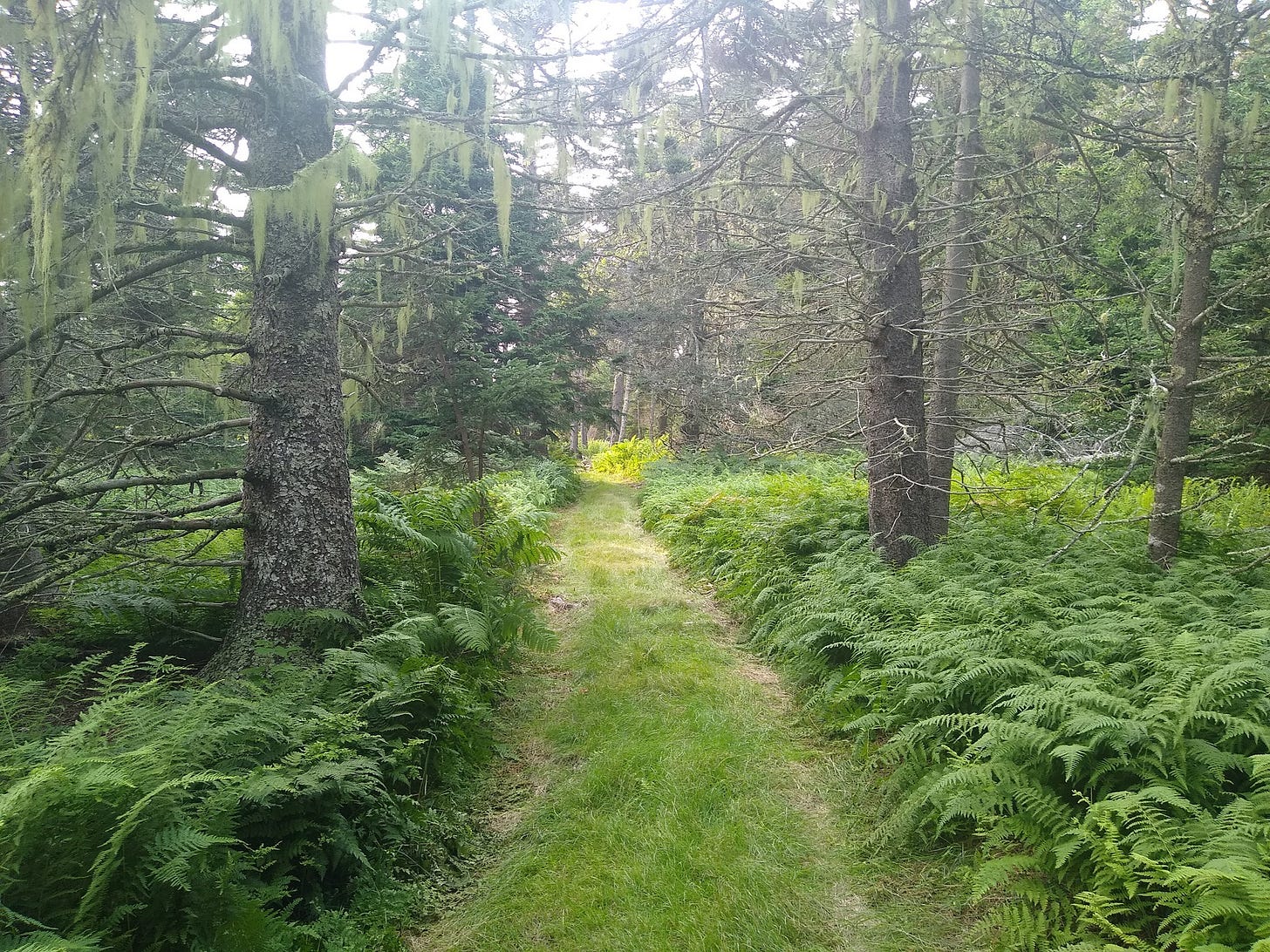August Break
8/10/23 – A cross-post and some news while I’m away from my writing desk
Hello everyone:
I’m taking this week off to take care of things at home. “How we spend our days,” wrote Annie Dillard in The Writing Life, “is, of course, how we spend our lives.” Right now that means my life has been spent wishing I had more things done…
Summer is always a busy time, and the to-do list has become a should-have-been-done-months-ago list. So I’m taking a break from the writing desk this week to catch up.
Instead, as you’ll see in an email that will promptly follow this one, I’m offering a cross-post of a brilliant piece by
at The Climate According to Life. I’m certain you’ll enjoy it.As usual, though, scroll down for a curated selection of Anthropocene news, a bit longer than normal. Since last week’s writing on the Anthropocene history written into a small Canadian lake was a bit heavy, I’ve selected (mostly) good news stories for you. They range from a half billion dollars for rooftop solar in hard-hit Puerto Rico to a Congressional push for rebates for e-bike purchases (like those for EVs), and from a huge drop in Amazon deforestation to a profile of the Montana kids behind their groundbreaking climate lawsuit. Plus much more. Take a look, and I’ll see you back here next week.
Thanks for sticking with me.
In other Anthropocene news:
Hungry for some good environmental news from 2023? Here’s a very long list of it from EuroNews.Green, which will keep adding more stories month by month throughout the year.
From E&E News, Baaj Nwaavjo I’tah Kukveni (Ancestral Footprints of the Grand Canyon National Monument) is the newest American national monument and it’s a doozy to say. Far more importantly, it’s huge in size (918,000 acres), ecological significance, and as a measure of respect for the many tribes who hold the region sacred: Havasupai, Hopi, Hualapai, Paiute, Navajo, Yavapai-Apache, Zuni, and Colorado River Indian Tribes. The monument allows all current uranium mines and other uses to continue, but bans any new mining. Interior Secretary Deb Haaland, the first Native American to serve in a cabinet-level position in U.S. history, reminded us that the tribes were “the original stewards of our lands and waters.”
And some more good news from Mother Jones, deforestation in the Amazon this July was down at least 60% from July of last year. This is thanks to the great leadership of Lula and his environment minister, Marina Silva.
And from Inside Climate News, a successful shoreline restoration project in one of the last remaining wetlands in Manhattan. “I think it’s very important to remember,” says the project’s director, that “yes, we’ve got big problems, but there’s also in some cases, very elegant solutions that are not so hard to do.”
From the Post, the kids behind the groundbreaking climate lawsuit in Montana, where the state constitution guarantees its citizens the right to “a clean and healthful environment.” The article is a portrait of several of the 16 plaintiffs and the places they love, as a way of explaining the lawsuit’s motivation: to protect their home.
From Nature, the push by some European environmental agencies to restrict the entire class of PFAS chemicals. The article provides a clear and comprehensive explanation of how common these fluorinated chemicals are in our lives, how hard they will be to replace, and why it’s necessary to do so. If you want a primer on the PFAS problem, this is a great one.
From the Times, the rise of solar-powered microgrids in communities around the U.S. is providing residents with clean energy and climate resilience. When the power goes out elsewhere, the microgrids keep humming.
From Wired, scientists are debating whether the AMOC (Atlantic Meridional Overturning Circulation) current may soon collapse due to warming ocean temperatures. The fears are genuine, but the data are mixed.
From BBC Future, as a follow-up to last week’s post on Crawford Lake in Ontario being chosen to mark the dawn of the Anthropocene, an excellent explainer on the carbon-14 radioisotope that serves as one of our new epoch’s markers. It’s a vestige of all the atomic bombs we exploded around the world, but it’s not just in the planet’s sediments. Ubiquitous but apparently harmless, it’s in your cells, throughout your body, and it’s everywhere on Earth. And it’s being used in fascinating ways: to solve murders and wildlife poaching cases, understand the brain, and identify the age of wine and Greenland sharks.
From Nautilus, “I Am Thinking About Extinction:” the renowned writer, educator, and conservationist Terry Tempest Williams celebrates the 50th anniversary of the Endangered Species Act and mourns the losses all around us. The article is beautifully written and important.
From the Penn Center for Sustainability, Science, and the Media, if you want to take the deepest possible dive on understanding why carbon offsets are a problematic fraud rather than a climate solution, check out this 50-page report.
From Anthropocene, the push to include rebates for e-bike purchases in the Biden administration’s effort (via the Inflation Reduction Act) to electrify our transportation. E-bikes are much, much more efficient than four-wheeled EVs. They get the equivalent mileage of up to 4,000 miles per gallon. Already e-bikes “are displacing twice as much oil as all the world’s electric cars, buses, vans, and trucks combined – nearly a million barrels of oil every day.”
And from Grist, more excellent legislation from the Biden administration helped create the billion-dollar Puerto Rico Energy Resilience Fund passed by Congress last December. Half of that money is now destined to fund up to 40,000 rooftop solar and battery back-up systems for Puerto Rico’s most vulnerable residents.





Lots of cheering news there Jason. Thank you much!